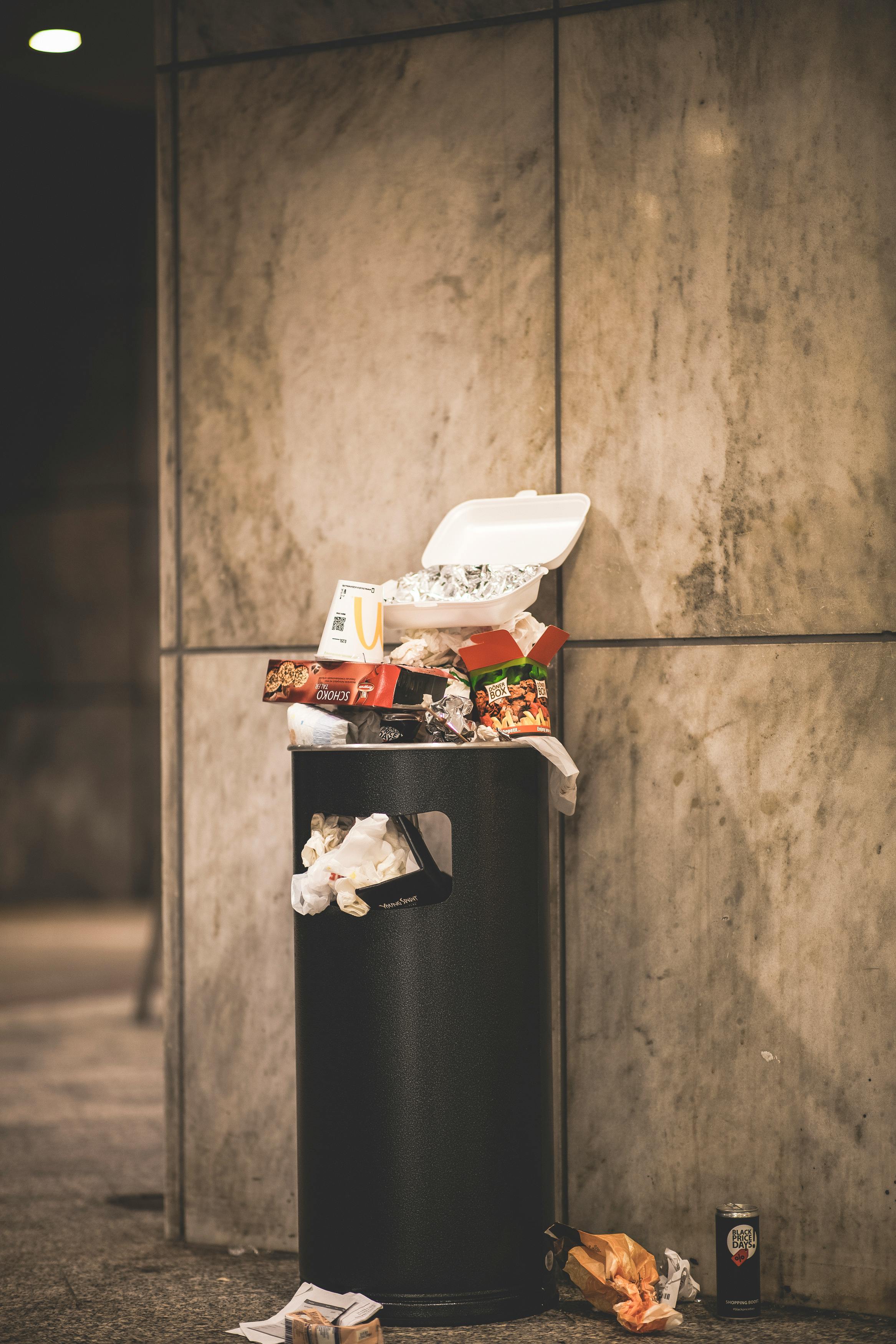Comprehensive Guide to Soaking Beans for Maximum Flavor in 2025

Complete Guide to How Long to Soak Beans for Optimal Flavor in 2025
Soaking beans is a fundamental cooking technique that many home chefs overlook. Understanding how long to soak beans can greatly enhance their texture, flavor, and digestibility. Whether you’re preparing a hearty chili, delectable hummus, or a simple side dish, the soaking process can be the key to achieving the best results. In this article, we will explore the best practices for soaking a variety of beans, the benefits of soaking, and essential tips for preparing flavorful and nutritious dishes.
Beans are not just a versatile ingredient in many cuisines but also pack a punch when it comes to nutrition. By learning the optimal bean soaking times and methods, you can elevate your cooking and enjoy the numerous health benefits associated with soaked beans. We will cover different soaking techniques, recommended soaking times for specific types of beans, and the reasons why soaking is advantageous. Additionally, we’ll dive into recipes featuring soaked beans that maximize their potential.

Understanding the Benefits of Soaking Beans
Building on the premise of optimizing flavor, the benefits of soaking beans extend beyond mere taste. Soaking beans serves to reduce cooking times significantly, making meal preparation quicker and more convenient. By soaking dried beans, you also help to break down the antinutrients present in beans, such as phytic acid, which can interfere with the absorption of nutrients. This process enhances the nutritional profile, making soaked beans not only tastier but also healthier.
Improving Digestibility and Flavor
One of the key reasons to soak beans is to make them easier to digest. Dried beans contain oligosaccharides, which can lead to bloating and discomfort. The soaking process helps to leach these sugars out into the water. Upon cooking, soaked beans provide a smoother texture and more robust flavor, providing an enjoyable culinary experience. For families, soaking beans may minimize digestive discomfort, ensuring everyone can enjoy delicious meals without worry.
Reducing Cooking Time
Soaked beans will cook faster than their unsoaked counterparts. By pre-soaking beans, the water penetrates the hard outer shell, softening the interior. This means a reduced cooking time, which is particularly advantageous for pressure cooking soaked beans. Quick soaking beans methods are also available for those who may forget to prepare in advance, allowing you to enjoy delicious meals without extensive wait times.
Enhancing Nutritional Value
Prioritizing soaked beans not only contributes to better flavor but significantly boosts their nutritional value. Soaking beans increases the availability of vitamins and minerals, such as iron and magnesium, making them easier for the body to absorb. Vegetarian and vegan diets often include beans as protein sources, thus the pre-soaking process plays a vital role in ensuring maximum nutrient intake.
Best Techniques for Soaking Beans
With these benefits in mind, let’s delve into popular techniques for soaking beans, ensuring you choose the best method for your cooking needs. Each technique provides its own set of advantages that can cater to different preferences and time constraints.
Overnight Soaking Method
The overnight soaking method is one of the most traditional and widely recommended techniques. This involves submerging beans in water for a period of 8 to 12 hours. This extended soaking time allows beans to absorb a significant amount of moisture, which softens them effectively before cooking. It’s also a convenient method, as you can set it before bedtime and not worry about it until the next day, turning your beans into a ready-to-cook ingredient.
Quick Soak Beans Method
If you’re short on time, the quick soak beans method is a lifesaver. To use this method, bring a pot of water to a boil, add the beans, and cook for 1-2 minutes. After boiling, remove the pot from heat and let the beans soak in the hot water for about an hour. Although this method is faster, it still yields tender beans suitable for various recipes, making it a fantastic option for unexpected meal preparations.
Soaking Beans in the Refrigerator
For those looking to soak beans in advance, soaking beans in the refrigerator can help prevent fermentation. This method is a smart way to soak beans overnight if you prefer to keep them cool, as ambient temperatures can encourage unwanted bacterial growth. Simply place your beans in a container with water, ensuring they are fully submerged, and refrigerate until you're ready to cook.

Soaking Times for Different Bean Varieties
Determining how long to soak beans varies by type, as different varieties have different soaking times due to their size and density. Knowing these specifics is crucial for successful bean cooking.
Soaking White Beans
White beans, such as navy and cannellini, typically require soaking for about 6 to 8 hours. Their delicate nature allows them to soften efficiently and brings out their naturally creamy flavors. Once soaked, white beans are excellent for soups, stews, and salads.
Black Beans Soaking Time
For black beans, a soaking time of 6 to 8 hours is also recommended. These beans are known for their robust flavor and vibrant color, making them a preferred choice in various Latin dishes. Adequate soaking time enhances their texture, ensuring they’re tender once cooked.
Kidney Beans Soak Time
Kidney beans have a slightly longer soaking time, taking about 8 to 10 hours. This ensures that they rehydrate adequately, preventing any issues with undercooking. Their rich flavor and hearty texture make them perfect for chili and other hearty dishes.
Preparing and Cooking Soaked Beans
Once you’ve successfully soaked your beans, the next phase is preparation and cooking. Handling soaked beans properly can enhance your dishes even further.
Cooking Methods for Soaked Beans
There are various methods to choose from when it comes to cooking soaked beans, including boiling, simmering, and pressure cooking. The cooking time will vary based on the method but generally ranges from 30 minutes to 1.5 hours depending on the types of beans used. Regardless of the method, ensuring that your beans are cooked until tender is vital for the best results.
Flavor Infusions in Cooking
Adding flavor during the cooking process can elevate your dishes significantly. Consider using vegetable broth, herbs, or spices to infuse the beans with additional flavors. This approach helps develop a deeper, more satisfying taste, which will delight your family and friends.
Storage and Reheating of Soaked Beans
Understanding soaked beans storage is crucial for maintaining freshness. Once cooked, soaked beans can last in the refrigerator for up to a week or can be frozen for several months. Reheating them can be done quickly on the stovetop or in the microwave, making it easy to incorporate them into various meals throughout the week.
Common Questions About Bean Soaking
With a wealth of information on bean soaking, here are common questions that arise among home cooks.
Why Soak Beans Before Cooking?
Soaking beans before cooking is essential for several reasons, including aiding digestion, reducing cooking time, and enhancing flavor. It allows the beans to absorb necessary moisture, ensuring they cook evenly and thoroughly.
How Long Should I Soak Beans for Hummus?
For beans intended for hummus, a soaking time of at least 8 hours is advisable. This helps soften the beans, yielding a smooth texture ideal for dips.
Can I Soak Beans Overnight?
Absolutely! Soaking beans overnight is actually one of the most popular methods and is effective for all types of beans. It is a convenient, hands-off process that fits into most schedules.
Should I Change the Water When Soaking Beans?
Changing the soaking water can help eliminate some of the oligosaccharides that may cause digestive discomfort. However, it's not strictly necessary, especially if you are using the water for cooking. Using the soaking liquid can enhance the final dish's flavor.
Are There Any Beans That Shouldn't Be Soaked?
Certain very small beans, like lentils or split peas, do not require soaking because they cook quickly. Their delicate structure can become mushy if soaked for long periods. For these legumes, it’s better to cook them directly without pre-soaking.
Conclusion: Maximizing Your Bean Experience
Understanding how long to soak beans and the methods to do so will greatly enhance your culinary journey. From improving digestibility to reducing cooking times, soaked beans open up a world of meal possibilities. Integrate the soaking techniques discussed and elevate your dishes with an array of flavors—whether you’re preparing savory soups, delightful salads, or comforting chili. By following this complete guide, you’ll cultivate the skills needed to enjoy the benefits of soaked beans for years to come.